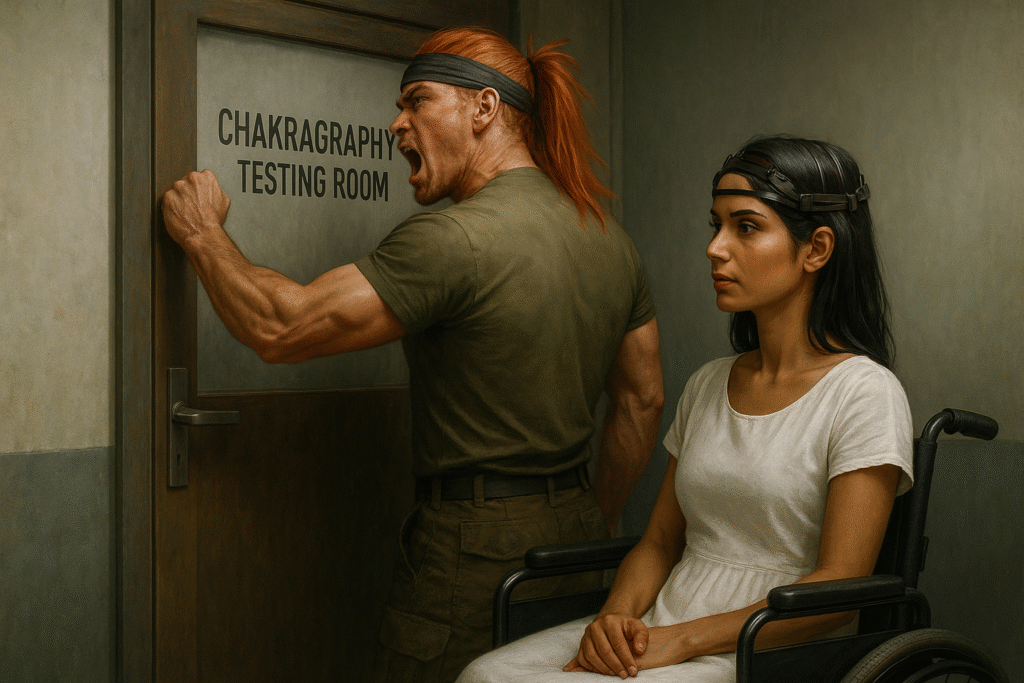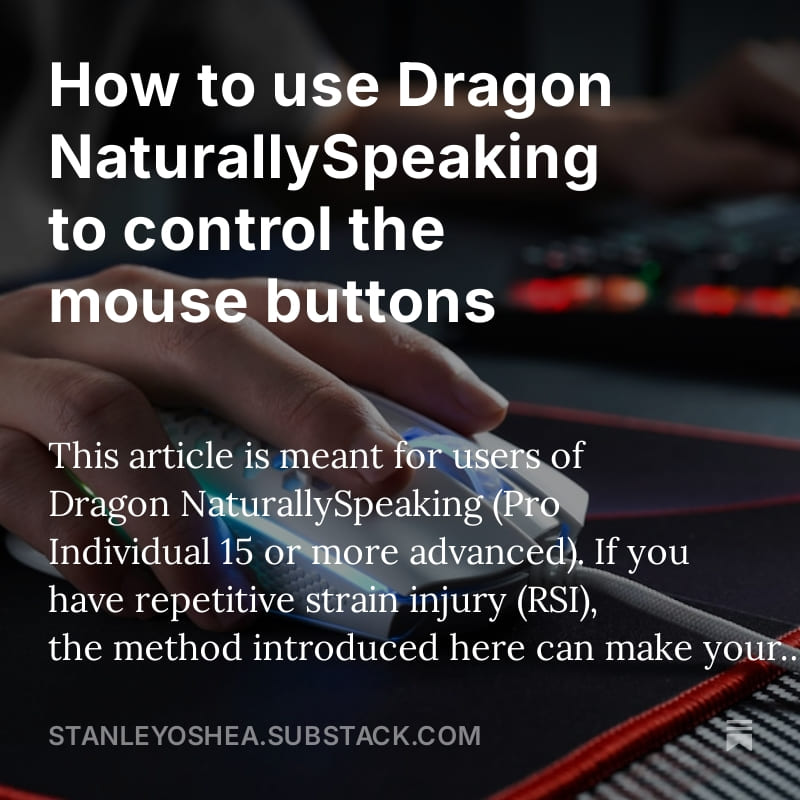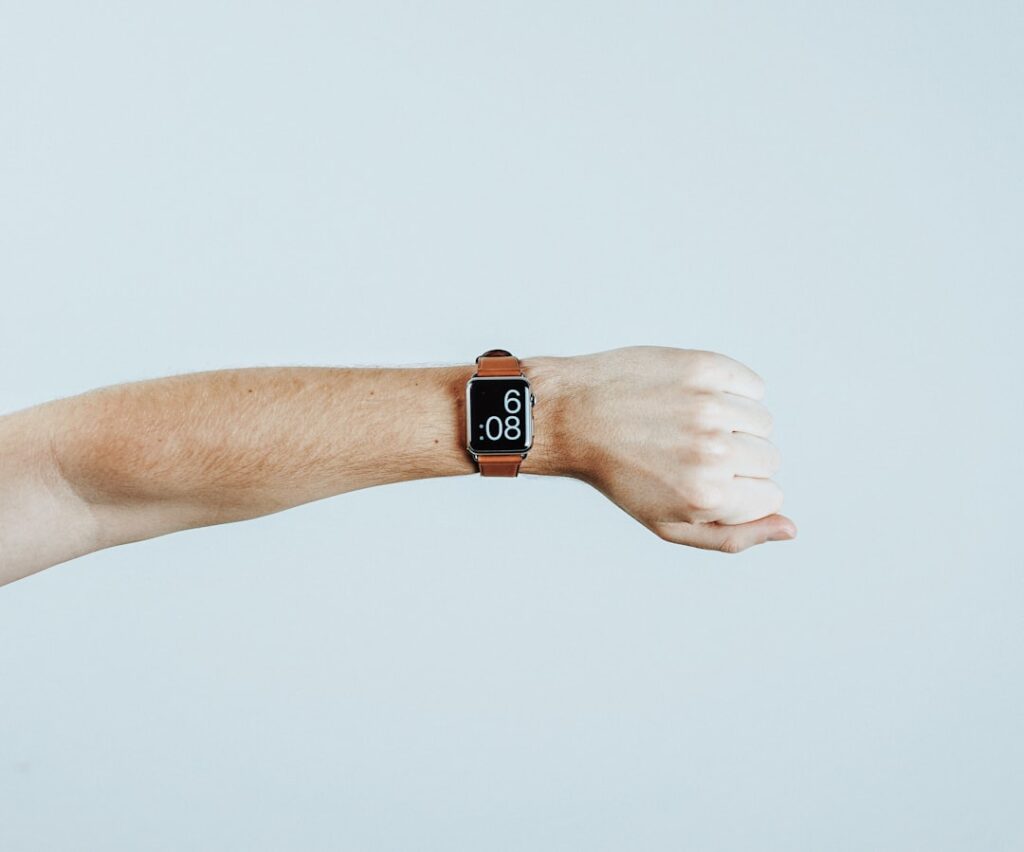Medical ninjas EP N3 Dr Warm : the Quincy descendent who activates the Cosmo pt.2
Part 2 Dr. Warm: Hahahaha. Lift your shirt a little more; I must make sure the Cosmo doesn’t spread to your myocardium.I: Are you saying you can’t fix my fragile little heart with your therapeutic guns? fig 5 Dr. Warm: Currently there’s no clinical trial data showing spiritual power is safe for the myocardium. There’s sufficient evidence for blood vessels, nerves, skeletal and smooth muscle, though.I: Why hasn’t anyone researched the heart muscle?Dr. Warm: Because people with heart problems don’t come to our department. To repair that tissue directly they’d rather go to surgery. We won’t mess with it without data.I: In Bleach’s worldview, once the heart dies, even spiritual power and many supernatural forces can hardly save it.Dr. Warm: That’s true. Our department has its limits. We’re not in the business of making money off people’s desperation.I: But why were your two guns aimed right at that woman’s belly?Dr. Warm: She had back pain, and she’s been here many times. The gun mode and bullet type used on her are different from what we’ll use on you. Bullets are personalized via our machine settings — we first forge them with individualized parameters, then load them into the guns.I: Never mind — I won’t ask for details. According to your theory, a lot of energy is probably wasted in that kind of shooting.Dr. Warm: Not at all. My bullets have a trace-back property to living tissue; they don’t get wasted in empty space. Besides, they’re particles — not energy.I: Oh — I thought you fired positive and negative energy simultaneously.Dr. Warm: Energy is always positive. What’s a “negative energy”? That’s not a scientific term, but a liberal-arts invention. I choose to ignore it.I: It’s about controlling the “narrative” — to manufacture a prosper-looking public by labeling all whistleblowers as “negative energy spreaders”.Dr. Warm: History always moves forward while looping back.I: Yes — a spiral curve can be described by polar parametric equations.Dr. Warm: Hahahaha. Some are worse: whatever helps them is “positive energy”; whatever harms their interests is “negative energy.” Interests are relative. What benefits the Democrats likely harms the Republicans. If someone gets murdered, opponents call it a victory — “positive energy” — while his supporters call it tragedy — “negative energy.” Fig CK I: You really are an expert. Your theories can be complete and even branch out. Last time an “expert” from Smoke City lectured me about primary and secondary contradictions; I was convinced — but the side effects of her treatment plan were huge and I needed 2 practitioners and 6 courses of traditional herbal medicine to recover. Heh.Dr. Warm: I won’t comment on others. My specialty project, I’ve studied thoroughly. Many other hospitals come to me for training on this. Heh.I: What exactly is my body’s current status? If I put my hand in, will it disappear?Dr. Warm: You can try. I: Whoa! Hahaha!Dr. Warm: That segment of your hand right now has been assimilated by your core Cosmo.I: Then I shouldn’t be shaking hands with people for a while.Dr. Warm: Right. If you shake hands the Cosmo’s reparative capacity for you is weakened — the Cosmo’s spiritual power goes to others.I: I’ll avoid touching people then.Dr. Warm: Yes — put your shirt back on and wear gloves if possible. That’s it for today. Once your Cosmo is fully absorbed, next time we’ll proceed deeper.I: You mean you can treat foot pain directly next time?Dr. Warm: Well… we’ll re-evaluate when you come back.I: Heh heh heh heh. After leaving the treatment room I bumped into that big fish again — oh wait, that’s the woman who had back pain. I: Hey — your belly has a Cosmo too.Inoue: Right. After each therapy session the Cosmo expands and then shrinks.I: It really resembles the cycles of the universe.Inoue: According to Dr. Warm, the Cosmo is really a projection of the greater universe’s power into the unit circle, which, in this case, is the human body.I: Dr. Warm said you have back pain. Is it from sitting at an office a long time or carrying a baby for too long?Inoue: Neither. I’m an athlete — lumbar muscle strain is normal for my profession.I: To be honest, you don’t look like an athlete.Inoue: I do synchronized swimming, also known as artistic swimming.I: Many people tell me swimming is safe and gentle on joints. But being easy on joints doesn’t mean it won’t strain muscles.Inoue: Right — athletes can even have herniated discs.I: What’s your family name? Maybe I’ve seen you on TV.Inoue: Inoue.I: So is your ancestor Orihime Inoue or Kazuhiko Inoue?Inoue: Haha, the former, apparently.I: So you must know those Soul Reapers and Quincies very well.Inoue: Dr. Warm and I met in our university.I: So you probably get preferential access here because you’re an acquaintance?Inoue: Who said that? I paid in full. This type of treatment isn’t covered by insurance yet. I came to him because he’s a friend and I trust he won’t do me harm.I thought to myself: Not doing you harm is certain — but whether he’ll gouge you, I don’t know. Familiarity is a double-edged sword. From what I observed, he treated you differently from how he treated me; even I as an outsider could tell.I: But isn’t it awkward with a friend treating you?Inoue: Of course. That’s why I turned into a fish. Their department used to have a female doctor who went away this month to study.I: I came because of their expensive machine.Inoue: Right — you come to a top-tier hospital to save worry. If you’d gone to an average hospital, maybe you’d only get fifty to sixty percent better and still have to come here.I: According to Bleach’s character attributes, you should naturally have medical superpowers.Inoue: I do, but without specialized training you won’t reach professional levels. It needs both genes and training. Several in my family work in medical or fitness fields. But I don’t want my fate decided only by genes — I wanted to pick









